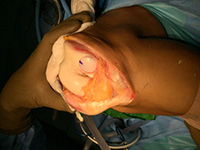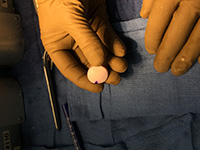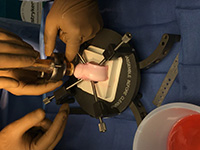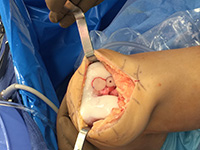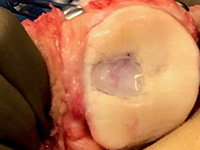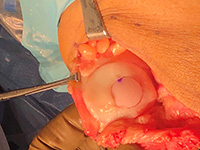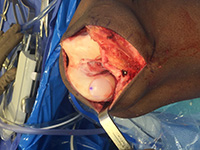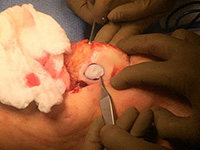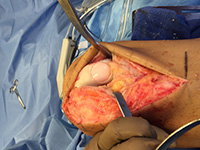Cartilage Restoration
Articular cartilage is the white tissue lining the ends of bones where they connect to form joints. Cartilage acts as cushioning material and helps in smooth gliding of the bones during movement. An injury to the joint may damage this cartilage which cannot repair on its own. Cartilage can be damaged with increasing age, normal wear and tear, or trauma. Damaged cartilage cannot cushion the joints during movement and the bones rub against each other leading to pain and inflammation.
Cartilage restoration is a surgical procedure to stimulate the growth of new cartilage and restore normal joint function. Arthritis condition can be delayed or prevented through this procedure.
Several techniques are employed for cartilage restoration including microfracture, drilling, abrasion arthroplasty, osteochondral autograft, and allograft transplantation.
- Microfracture: In this method numerous holes are created in the injured joint surface using a sharp tool. This procedure stimulates healing response by creating new blood supply. Blood supply results in growth of new cartilage.
- Drilling: In this method a drilling instrument is used to create holes in the injured joint surface. Drilling holes creates blood supply and stimulate growth of new cartilage. Although the method is similar to microfracture, it is less precise, and the heat produced during drilling may damage other tissues.
- AbrasionArthroplasty: High speed metal-like object is used to remove the damaged cartilage. This procedure is performed using an arthroscope.
- Osteochondral Autograft Transplantation: Healthy cartilage tissue (graft) is taken from the bone that bears less weight and is transferred to the injured joint place. This method is used for smaller cartilage defects.
- Osteochondral Allograft Transplantation: A cartilage tissue (graft) is taken from a donor and transplanted to the site of the injury. Allograft technique is recommended if larger part of cartilage is damaged.
- Autologous Chondrocyte Implantation: In this method a piece of healthy cartilage from other site is removed using arthroscopic technique and is cultured in laboratory. Cultured cells form a larger patch which is then implanted in the damaged part by open surgery.
Following the surgery, rehabilitation procedures are advised to necessitate healing and to restore normal functioning of the joint.




